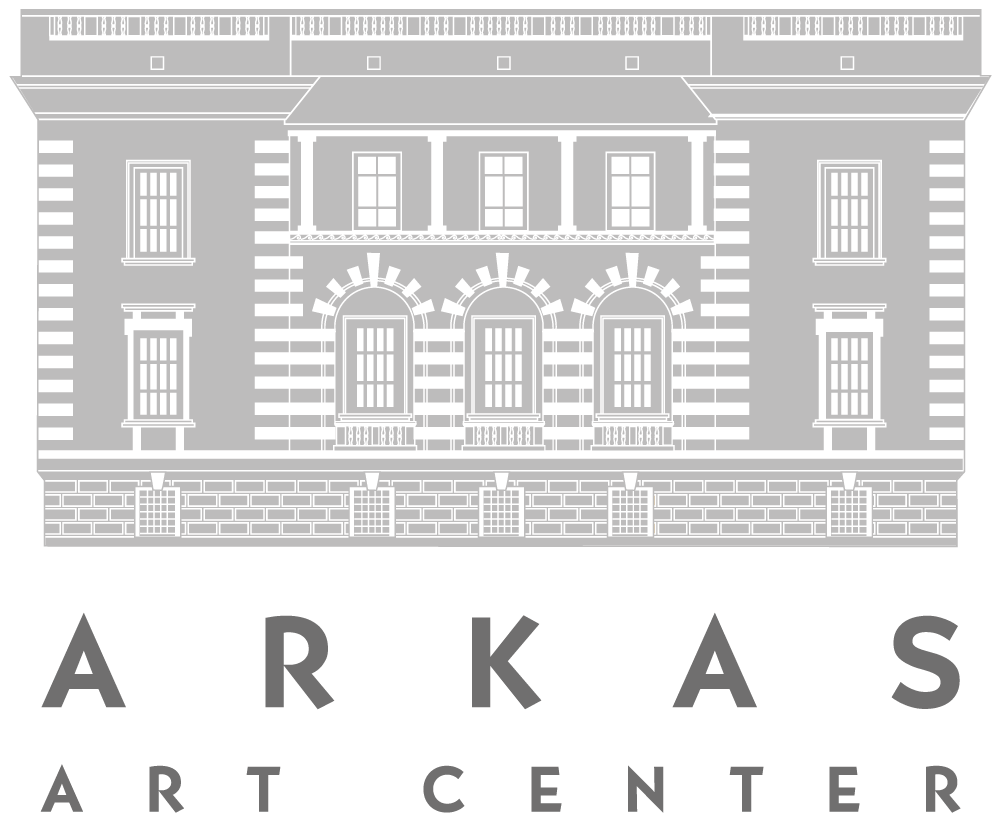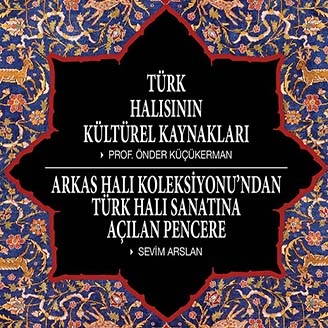CULTURAL SOURCES OF TURKISH CARPET
PROF. ÖNDER KÜÇÜKERMAN, SEVİM ARSLAN
07 May 2015
CONFERENCE
The roots of Turkish carpetry can be traced back to Central Asia and has been preserved for thousands of years. The carpets in Anatolia was first developed as a tent production and culture. It became a cultural symbol during the Ottoman Empire and through the skills of the palace artists, carpetry was deemed as very important and became very significant. These works are known as Palace Carpets.
With the Industrial Revolution later in the 1800s a new era began in carpetry and carpetry became increasingly important culturally in the global commerce world. In the 1850s, carpetry became more widespread and became an indispensable symbol of the Ottoman State. These works are also known as Hereke and Feshane carpets.
In the 1900s, carpetry became increasingly important first around Izmir and organizations in its surroundings and later internationally. These works are known as the Izmir carpets. With the Foundation of the Republic, important studies were made on the cultural importance of the Turkish carpet and a new era was initiated. In short, carpets were no longer for decoration only, but carried a deep cultural significance and meanings like a national flag.
Prof. Dr. Önder Küçükerman will speak about the role of the large state projects in this interesting story of the Turkish carpet, interesting events in the background of the technique and the story of the vast artistic heritage and technical developments.
– – –
Önder Küçükerman was born in 1939. He completed his studies at the Istanbul Fine Arts Academy and became a teaching assistant. In 1971, he founded the first “Industrial Design” department in Turkey and was the department chair. He became the chair of the “Industrial Production Design Department” at Mimar Sinan University that was established on the foundations of the Academy in 1982 and kept this role until 2007. Between 1987 and 1993, he was the Dean of Mimar Sinan University Faculty of Architecture for two periods.
Prof. Küçükerman worked on projects as a consultant for the Prime Ministry / Ministry of State and Minister of Culture and Tourism in Turkey “to develop the traditional industrial resources through design.” Around the same time, he was a Board Member of the Sümerbank/Sümerhalı Company and worked as a design administrator. He has published over 70 books, as well as numerous scientific and artistic research articles, design and TV programmes on topics of “Industrial Design”, “Traditional Design in Anatolia”, “Carpetry”, “Glass Art”, “Historic Heritage of Industry and Design.”
Önder Küçükerman is a faculty member at the TC Haliç University in the Faculty of Architecture and is the chair of the Industrial Products Design Department. In addition to his teaching dueties, he is also the Turkey correspondent of “The International Committee for the Conservation of Industrial Heritage ” (T.IC.C.I.H.).
THE WINDOW OPENING FROM THE ARKAS CARPET COLLECTION TO TURKISH CARPETRY
SEVİM ARSLAN
The exhibition of “Ottoman Carpetry from the Arkas Collection” allows deep readings of Ottoman Palace Carpetry through the specifics of “Feshane Carpets”, which we encounter when we look at the transitional period between carpetry as a craft and carpetry as an industrial production during the Ottoman times; assessing Turkish carpetry will enable viewers to see the strength of the tradition and presenting the typical elements of Ottoman art.
The carpet, as a product of ethnic and multi-cultural, nomadic cultures, became a distinguished palace object at the end of the 15th century and was used as a diplomatic gift. Life experience and memory are part of the carpet culture and it exhibits characteristics of being both technical and artistic as they were not separated at the time. The motifs that served as ornamentational elements and the colors and symbolism that increased aesthetic value shed light on understanding the nuances of carpetry.
– – –
Arslan graduated from the Fine Arts Faculty of Marmara University in 1987. In 1990, she graduated from Marmara University’s Social Sciences Institute Applied Arts Department with her thesis work, “Karapınar Tülü Carpets.” In 1996, she received the sufficiency in the arts degree in the Department of Turkish Handcrafts that is a part of Marmara University’s Social Sciences Institute. In 1999, she became a assistant professor at Marmara University Fine Arts Faculty. In 2013, she became an associate professor there. She is still a faculty mmber in the Marmara University Fine Arts Faculty Traditional Turkish Crafts department. She has researched published on the topics of Turkish Carpet Art and European Tapestry weaving. The artist has received international awards on weaving, painting, and unique printmaking and has participated in numerous national and international solo and group exhibitions as well as biennials. She continues her works in weaving, painting, and unique print making in her studio in Istanbul.


